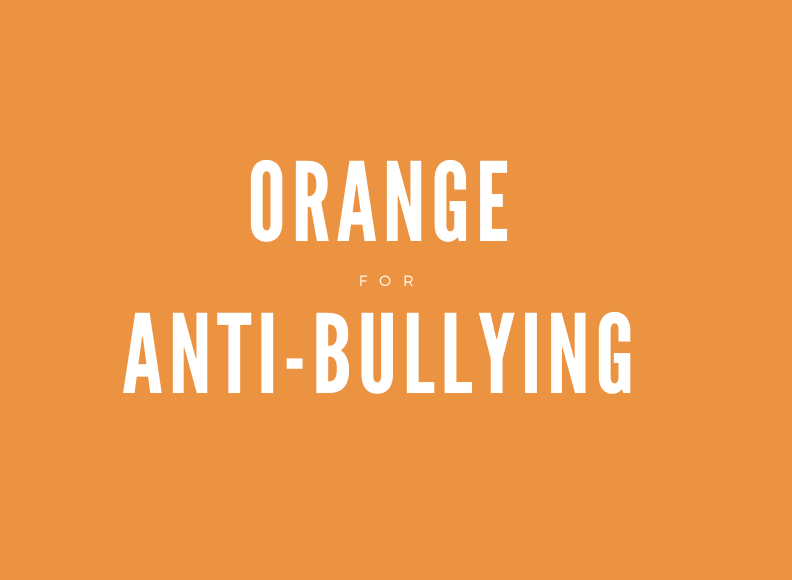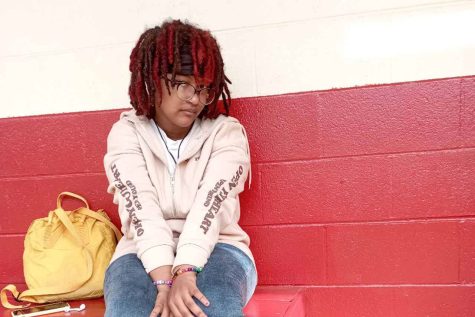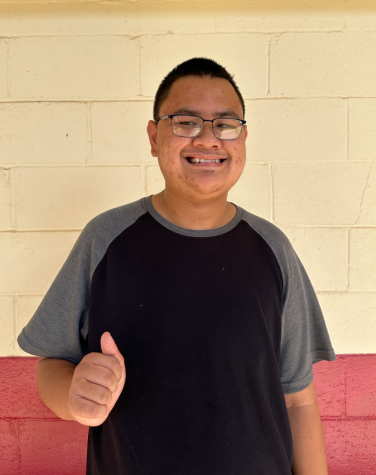Supporting the Supporters
When people hear the word “bullying” the first image that comes to mind is a mean person or a person who hurts other people’s feelings on purpose. Bullies are often superior in physical strength or social standing.
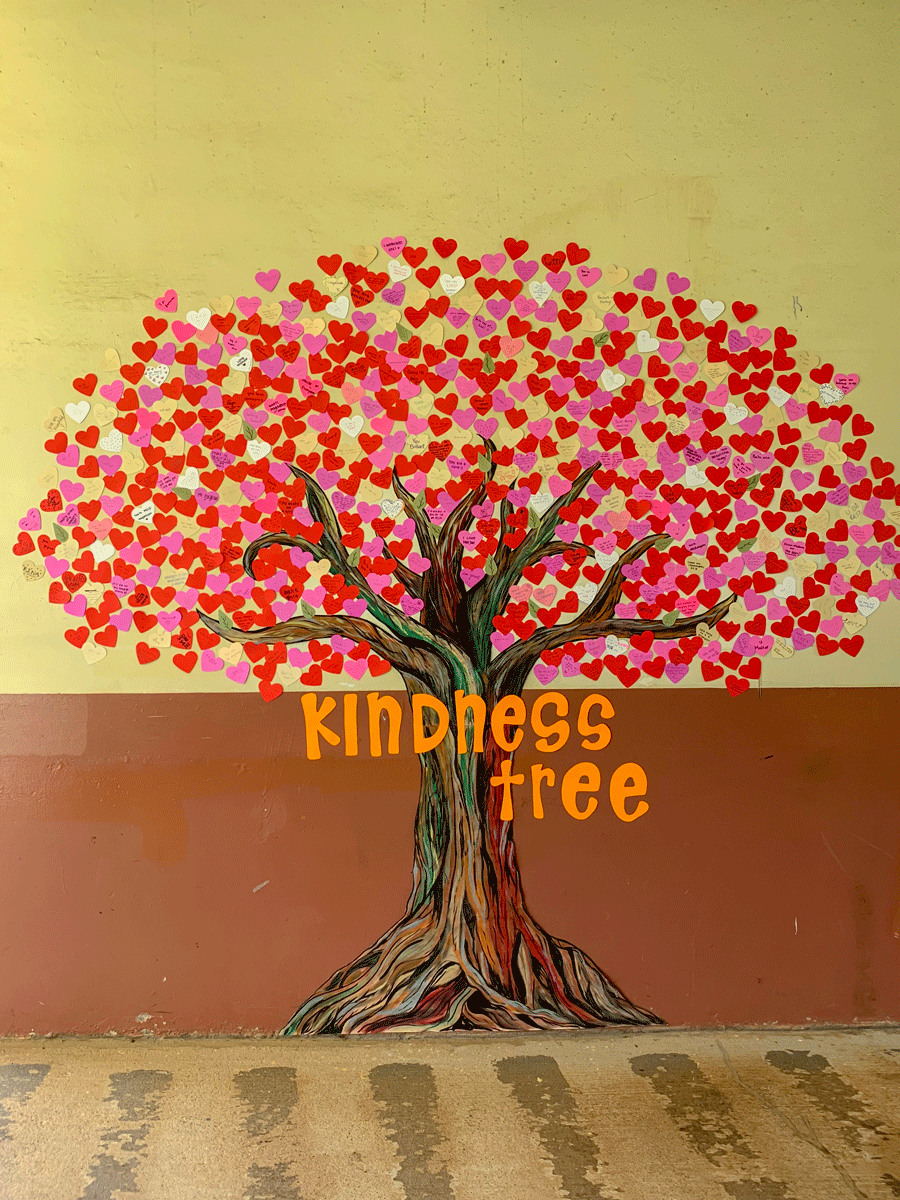
According to the website Stopbullying.gov, 70.6 percent of students in the U.S. have seen bullying in their schools.
“Yeah, bullying happens all the time,” Jett Neeley (12) said. “So much so that I can’t pull a specific time from my mind because none of it stands out. It just happens.”
Students are often reluctant to talk about bullying problems.
“I don’t want to share names with the counselor because I don’t want it to become a bigger problem, and I don’t want my parents to know,” a bullied student who wishes to remain anonymous shared. “Sometimes I go to the counselor because I can’t focus in class, or I want to avoid being in the same class with the bully.”
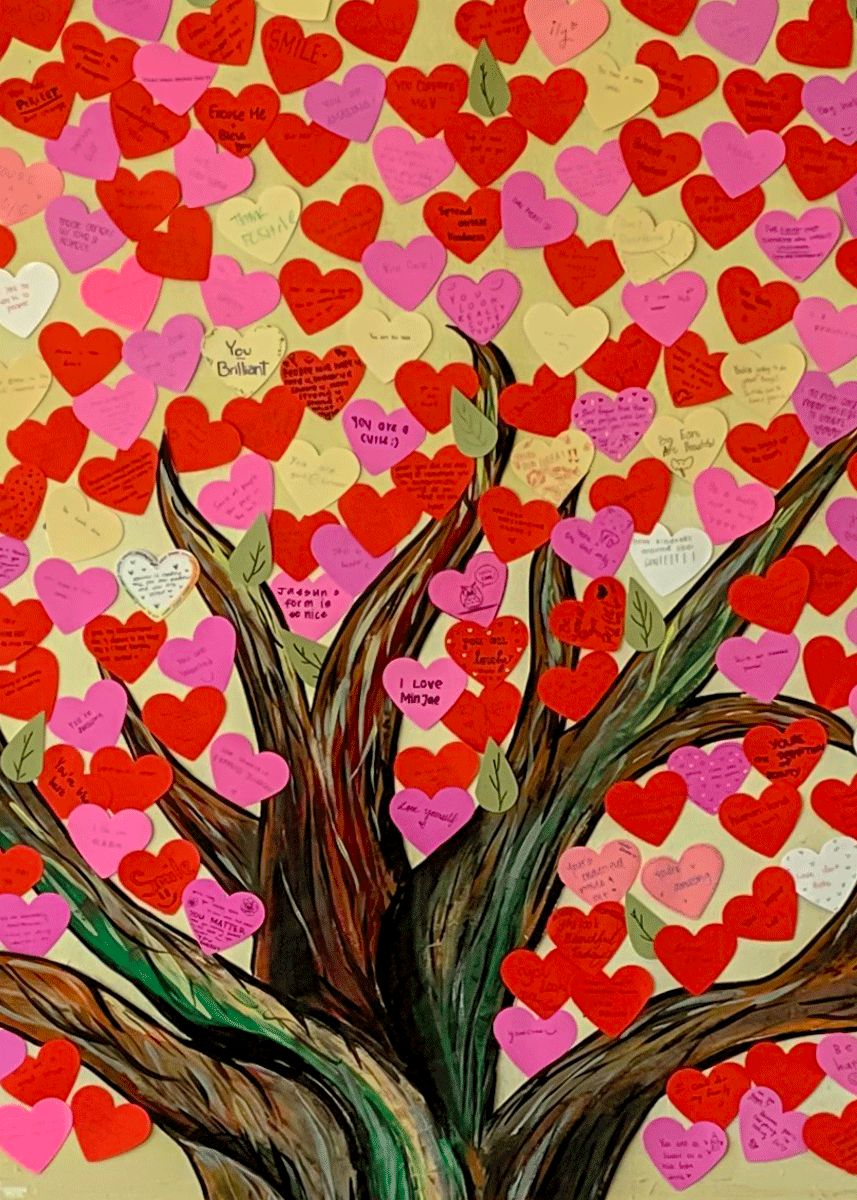
To participate in the nationwide campaign against bullying, the leadership students at Kalani High School passed out orange bands during Advisory on Monday, Oct. 29 and encouraged students to wear orange-colored clothing during the month of October, Anti-Bullying month. Leadership students hoped this activity would help raise awareness about this serious problem.
70.6 percent of students in the U.S. have seen bullying in their schools.
— AntiBullying.gov
People think about the victim and the bully when it comes to bullying, but few think about people who work behind the scenes, such as counselors, parents, and teachers. Many people do not know what counselors do for students who are the victims of bullies.
Teachers and counselors may struggle in solving the problem, even though a large portion of students have witnessed bullying.
Freshman counselor Trevor Teraoka has some concerns about bullying at Kalani.
“I don’t want to admit it but our school’s bullying problems usually get solved not from the counselors, but time,” Mr. Teraoka said in a hesitating voice.
In addition to helping students by providing services such as academic counseling, making phone calls to students’ parents, and keeping track of attendance, Mr. Teraoka carves out time to make sure he supports those who suffer from issues related to bullying.
“I want to believe that when the students come in to discuss their bullying problems, at the end that it can be solved,” Mr. Teraoka said. “But usually students are worried that they will get bullied again because of retribution.”
Ms. Hong, a math teacher at Kaimuki High School, said that she reacts quickly to potential problems by sending students immediately to the school counselors.
“It is hard for counselors to solve issues that deal with bullying because students don’t always follow the advice that is given,” Ms. Hong explained. “Sometimes students don’t even listen to the teachers’ requests to stop bullying each other in class.”
Not only do victims of bullying have difficulties solving the problem, but school counselors and teachers have a hard time as well.
“I’m guessing that we can’t solve the problems because we lack information that we get from the students.”
— 9th Grade Counselor Trevor Teraoka
Some students say that they struggle to talk to counselors in detail about what happened in a bullying situation.
“I’m guessing that we can’t solve the problems because we lack information that we get from the students,” Mr. Teraoka said. “Individuals are making moves to stand up for victims and to help adults who are helping out behind the scenes.”
However, adults have more power than they think.
Parents, school staff, and community members can prevent bullying by talking about it and building a safe school environment.
“When adults respond quickly and consistently to bullying behavior they send the message that it is not acceptable,” a message on Stopbully.gov advises. “Research shows this can stop bullying behavior over time.”

